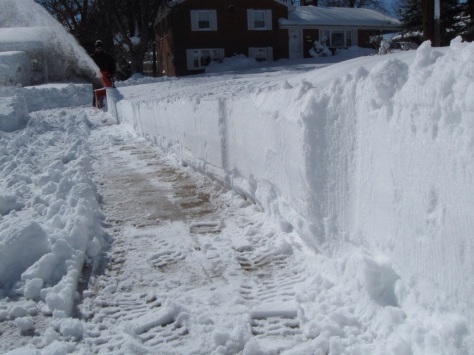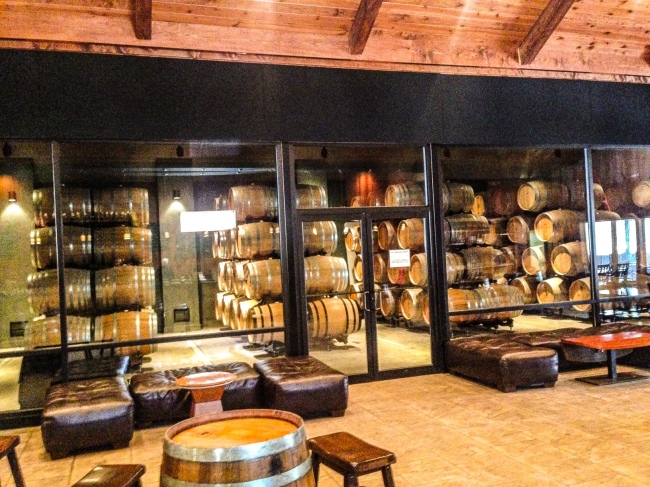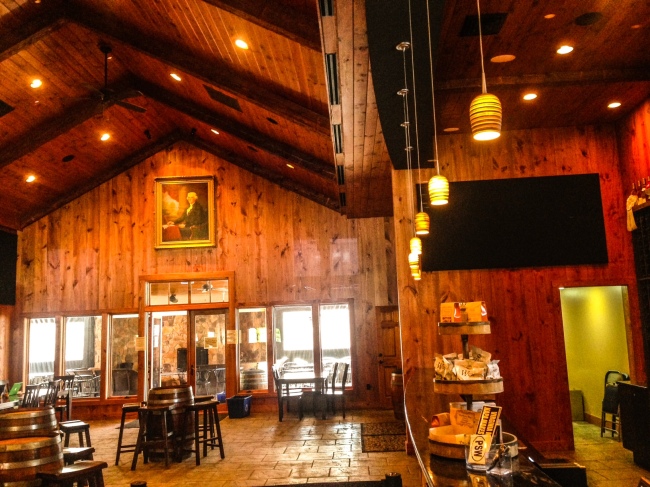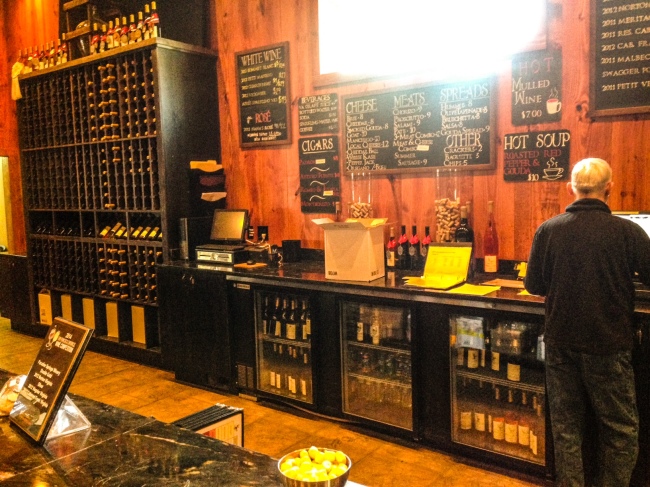After a cold and disheartening winter in the DC Metro, March and April were cooler than normal, and it has rained a bit too much for some of the younger vines in Virginia wine country. I’ve heard confirmed and unconfirmed reports that whole varietals have been lost already this spring in Virginia. I was just at Delaplane Cellars Saturday, and was told that they lost all of their Tannat and most of their Merlot. The 2014 vintage is trying it’s best to be a bust.
Depending on the summer weather, there still could be some rallying, but it would need to be low 90s, dry, but not famine dry, and stable temperatures going into October. Based on some predictions, this may be a cooler, wet summer, but God only knows.
I was surprised to hear that Deplane Cellar’s Tannat was lost. Typically, hardy varietals like Tannat withstand a wet spring as long as there’s a nice hot, dry summer. Unfortunately for Virginia the weather is completely unpredictable, and rot can set in before there’s a chance for weather recovery. It will be interesting to see if other sturdy varietals such as Cabernet Franc, Sauvignon, and Chardonnay will survive the year.
The sunny side is if batches are lost but a good bit survives, We may still see some quality wines made, and perhaps a rise in blends, which usually does well here. Virginia has had some ups and downs with the weather in the past, but seasoned winemakers are using their honed skills to turn out great wines despite adverse conditions.








